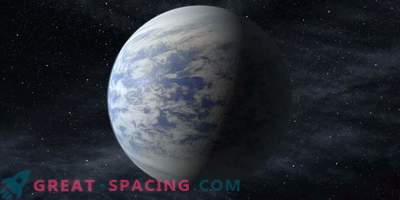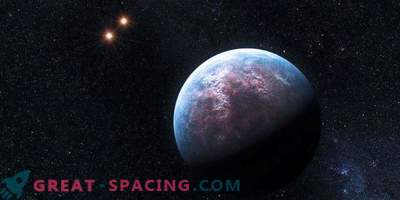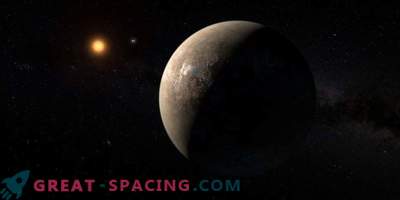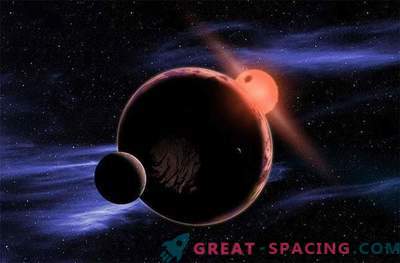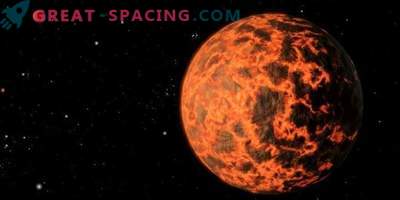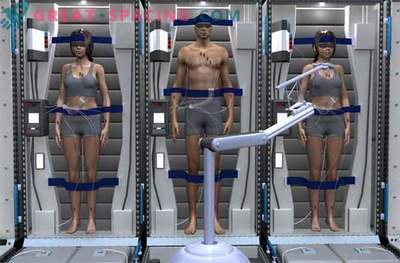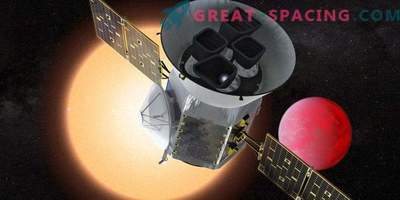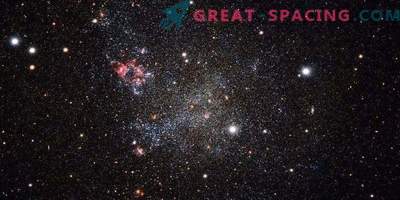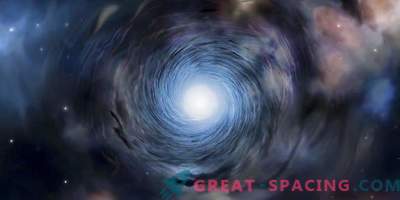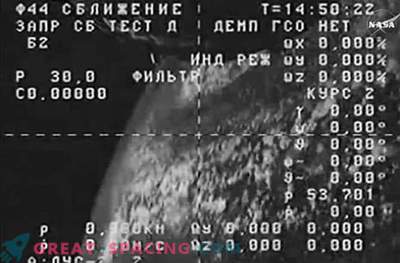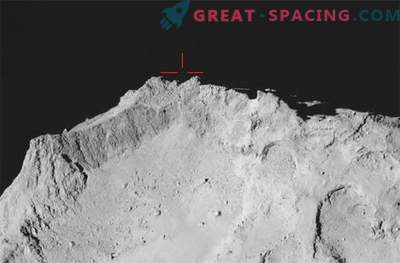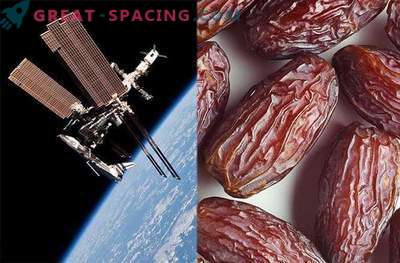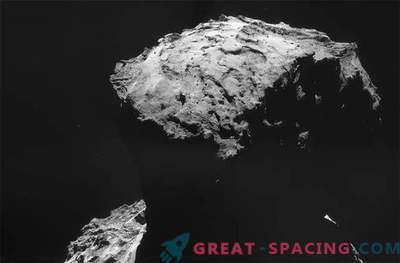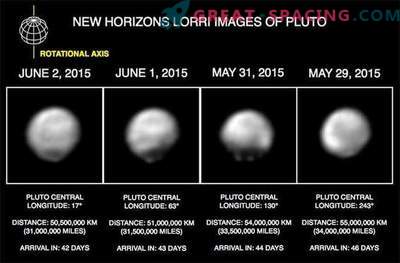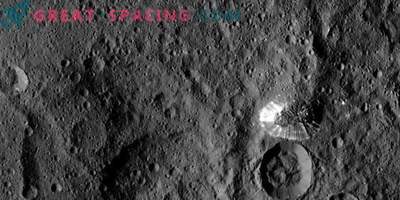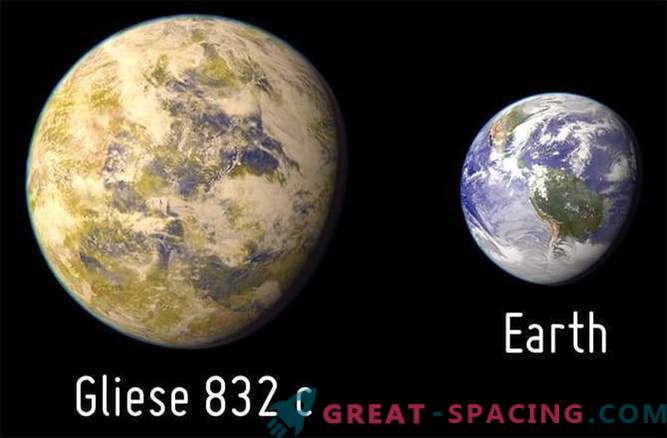
By studying the electromagnetic spectrum of light emitted by a star, one can see which elements are included in its composition. In addition, you can determine its age, mass, stability and spin. Astronomical technologies and methods are becoming more advanced and allow you to discover new planets that have remained invisible and unknown to humanity.
As you know, small stars are able to generate habitable exoplanets that can be detected using a special analysis. This method of detecting exoplanets is known as the “radial velocity method”. It is based on the analysis of the periodic frequency shift of the light emitted by a star in order to determine the gravitational orbit of the target planet. Watching the stars for a long time, astronomers can see the so-called “rocking” - a sure sign of the presence of a planet or planetary system.
Recently, a team of astronomers led by Suman Satyall, a professor at the University of Texas at Arlington, discovered in the light of a red dwarf satellite the prerequisites for the existence of an Earth-like exoplanet.
Gliese 832 is a well-known red dwarf. With a mass of about half from our Sun, this is a relatively small star, located at a distance of 16 light-years from Earth, having two exoplanets called Gliese 832 B and Gliese 832C. Gliese 832 B is the larger of the two and has the widest orbit. In addition, it is more massive, weighing about 60% of the mass of Jupiter. Opposite Gliese 832C is smaller and is classified as a “Super-Earth” with a mass five times the mass of our planet. Its orbit is extremely compact, passing 0.16 astronomical units from its star. For comparison, in our solar system, the innermost planet, Mercury, comes no closer than 0, 3 astronomical units to the Sun. In 2014, Gliese 832C hit the headlines as “Earth 2.0”. Both the Gliese 832B and 832C Gliese planets were discovered by astronomers while observing changes in the frequency and wavelengths of the star’s light, the so-called Doppler shift. As we distinguish the change in the tone of the siren during the approach and removal of a police car, the gravitational field of the planet changes the wavelength of the emitted light of its star. As the planet approaches the star, it compresses the wavelength of the light (increase in frequency). When the planet is distant from the star, while moving in orbit, the star will also move away from the planet, and the length of the light wave will increase (frequency reduction). With the help of computer analysis of these oscillations, astronomers can “see” the orbits of the planets around the stars without actually seeing the planets themselves. Within these radial measurements of the speed of the planets, the orbital periods and orbital distances can be derived using the established Keplerian laws of the planetary motion.
Considering the Gliese 832 star system, a team of astronomers with Suman Satyal decided to look at the radial velocities of the planets using computer simulations to see if there is another exoplanet between the Gliese orbits of 832 B and Glythe of 832C.
“We obtained several radial velocity curves for different masses and distances for the estimated average planet,” they write in an article published by the Archive service. This analysis demonstrates that another exoplanet can actually exist in orbit from 0, 25 to 2, 0 a. is from the star, and has a mass of from 1 to 15 Earth masses. This range is quite wide, but it provides an invaluable insight into future observations of the Gliese 832 star system. An exoplanet within these orbital constraints will be in a stable orbit and another “Super-Earth” is likely to be discovered.
The habitable zone around any star is a region with an optimal temperature at which water is in a liquid state. As we all know - this is one of the key conditions of life, so there is a huge interest in the planets found in such “life” ranges of distance from its star.
It is worth remembering that the Earth revolves around the Sun at a distance of one atmospheric unit, in the middle of the habitable zone of our star. Red dwarfs are much smaller and colder, therefore they have more compact habitable zones. Therefore, to maintain water in a liquid state on the planet of the “earth type”, rotating around a red dwarf, its orbit would have to be much smaller in diameter. Red dwarfs are favorable for the prosperity of life on the planets, since, by their nature, they are durable and can allow complex life to develop. But red dwarfs are known to be extremely active, often flashing with powerful flashes that will irradiate any planet that rotates too closely. For this, it is necessary for the planet to have a well-developed natural defense in the form of a strong magnetosphere. As you can see, it’s one thing to model the possible presence of a rocky world around a nearby star, but it’s quite another to find a true “earth-like” planet that could support life. But it is important to cling to all possibilities in order to find other worlds similar to life on Earth.
